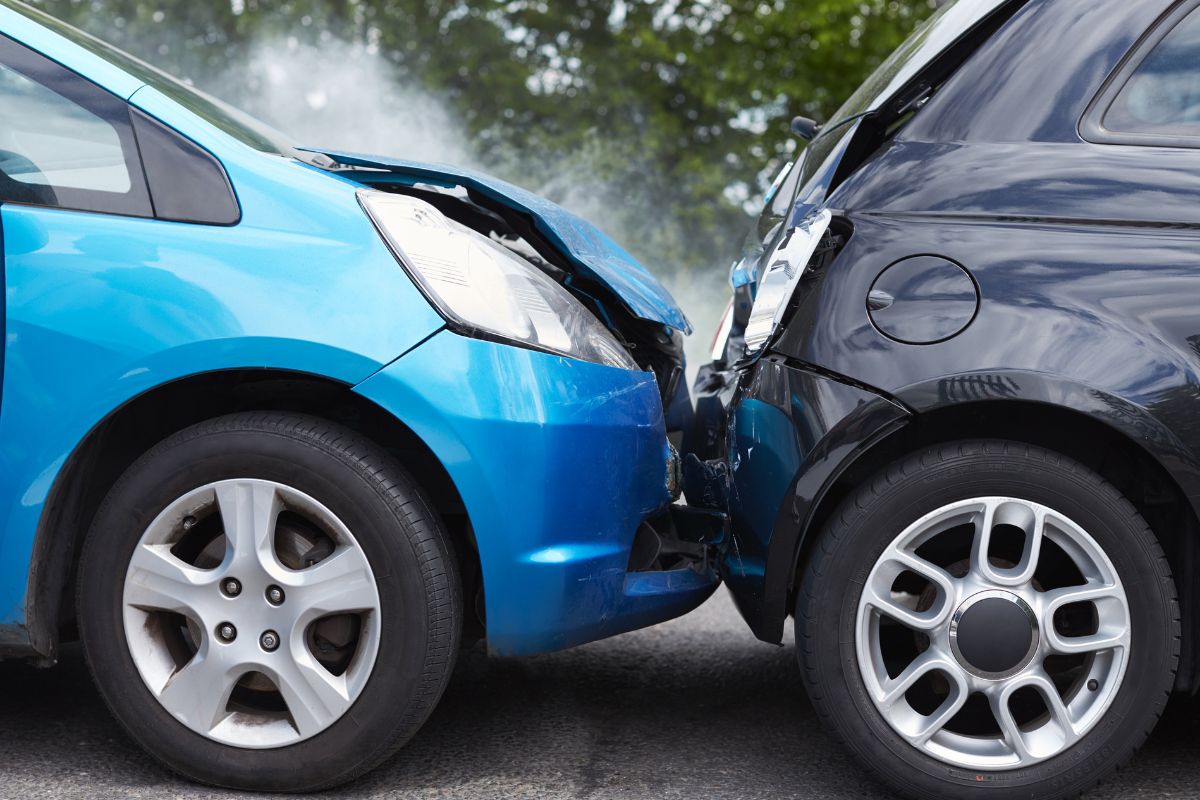Introduction: Did you know that hit and run incidents are alarmingly common in California? According to the California Highway Patrol, there were approximately 19,000 hit and run collisions reported in 2020 alone. These accidents can result in serious injuries or even fatalities, leaving victims and their families devastated. If you or a loved one has been involved in a hit and run accident, it’s essential to understand the evidence needed to hold the responsible driver accountable. In this article, we’ll explore the key evidence required to convict a hit and run driver in California, backed by statistics and expert insights.
The Burden of Proof in Hit and Run Cases
In hit and run cases, the burden of proof lies with the prosecution to establish the guilt of the accused driver. According to legal experts, the standard of proof required in criminal cases is “beyond a reasonable doubt.” This means that the prosecution must present compelling evidence that convinces the judge or jury of the hit-and-run driver’s guilt.
Physical Evidence
Physical evidence plays a crucial role in hit and run cases, as it can provide vital information about the accident and help identify the responsible driver. Statistics show that collecting and analyzing physical evidence significantly increases the chances of solving hit and run cases. Some key physical evidence that can be used includes:
Vehicle Damage:
The presence of damage on the hit-and-run driver’s vehicle, such as paint transfer, dents, or other signs of collision, can link them to the accident.
Debris at the Scene:
Collecting debris from the accident scene, such as broken car parts or glass, can help investigators identify the make and model of the vehicle involved.
Surveillance Footage:
In California, there are numerous surveillance cameras in public spaces. Accessing and reviewing surveillance footage from nearby locations can provide visual evidence of the hit and run incident and help identify the vehicle.
Eyewitness Testimony:
Eyewitness testimony can be crucial in establishing the hit and run driver’s involvement. According to studies, eyewitnesses contribute significantly to the successful resolution of hit and run cases. Their detailed accounts of the incident, including descriptions of the vehicle, its license plate number, or any other identifying information, can help law enforcement identify and apprehend the responsible driver.
Communication Records
In today’s digital age, communication records can serve as valuable evidence in hit and run cases. Consider the following:
Phone Records: Phone records can help establish the presence of the driver at the scene of the accident. Calls or text messages made around the time of the incident can be indicative of their involvement.
Social Media Posts: Hit and run drivers sometimes make incriminating posts on social media platforms following the accident. These posts can provide additional evidence of their actions and intentions.
Witness Statements
Witness statements from individuals who have knowledge of the hit and run incident or the driver’s actions following the accident can be significant. Statements from passengers, friends, family members, or anyone who overheard the driver discussing the incident can help corroborate the evidence and strengthen the case against the hit and run driver.
Evidence is Needed to Convict a Hit and Run Driver
To convict a hit and run driver in California, a combination of physical evidence, eyewitness testimony, communication records, witness statements, and adherence to statutory duties is crucial. The effective collection and presentation of these types of evidence significantly increase the likelihood of holding the responsible driver accountable. If you or someone you know has been a victim of a hit and run accident, it’s important to consult with a skilled attorney who specializes in personal injury law to ensure that your rights are protected and justice is served.
What are the penalties for a hit and run in California?
Penalties for a hit and run in California can include fines, license suspension, and even imprisonment, depending on the severity of the incident and any resulting injuries.
How can eyewitness testimony help in a hit and run case?
Eyewitness testimony can provide crucial details about the incident, such as the description of the vehicle and license plate number, aiding in identifying and convicting the hit and run driver.
Are communication records important in hit and run investigations?
Yes, communication records like phone records and social media posts can serve as evidence to establish the involvement and actions of the hit and run driver.
What role does physical evidence play in a hit and run investigation?
Physical evidence, such as vehicle damage and debris at the scene, can help link the hit and run driver’s vehicle to the accident, providing critical proof of their involvement.
Can witness statements strengthen a hit and run case?
Absolutely. Witness statements from individuals who have knowledge of the incident or the driver’s actions can corroborate evidence and strengthen the case against the hit and run driver.
For interesting information, you can read our blogs.

